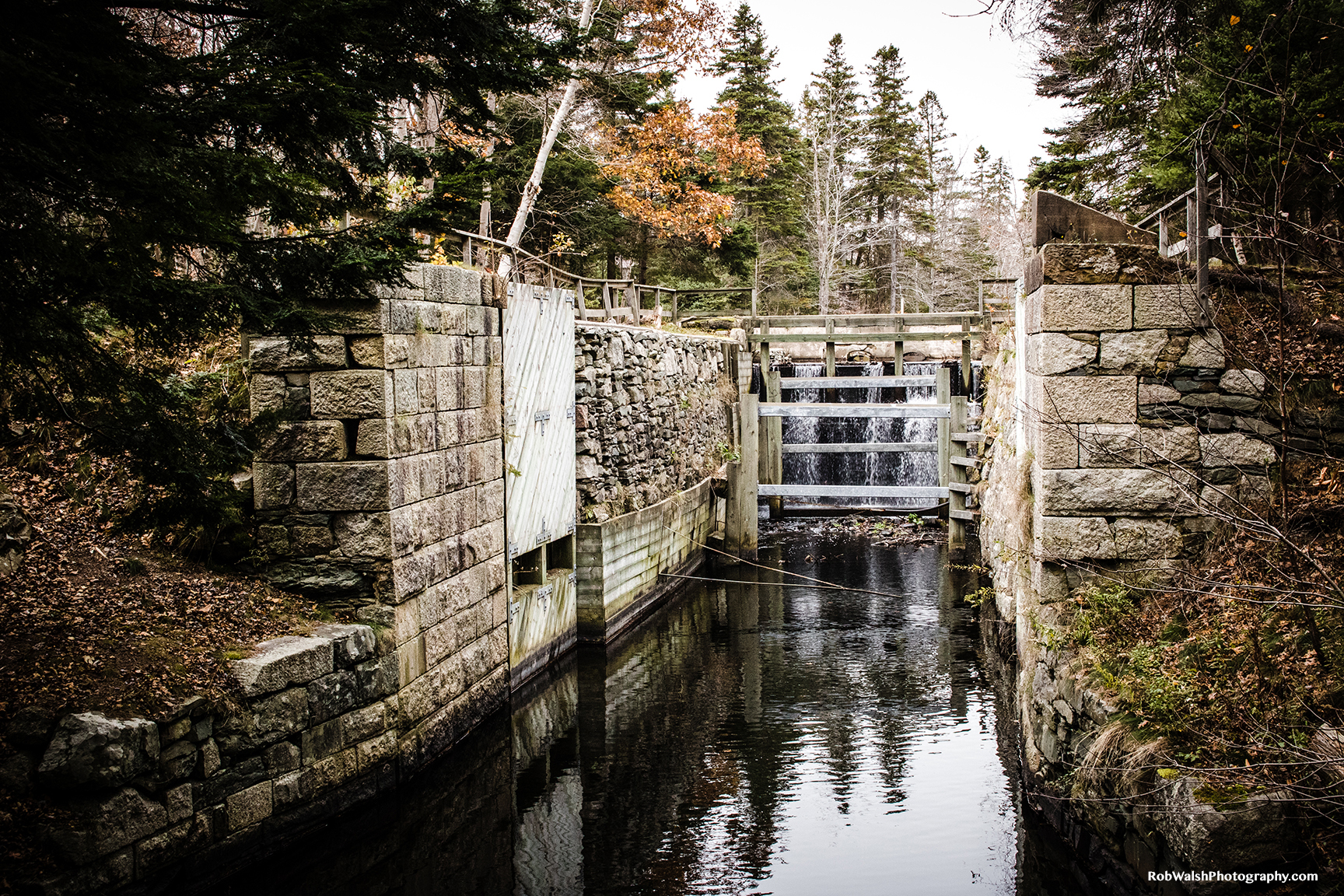At its completion in 1861, the Shubenacadie Canal featured nine locks in total. The 19th century locks of the Shubenacadie Canal Waterway are very unique. From Halifax Harbour to Lake Charles, you can see a variety of building styles, owing to both the circumstances and timing of their construction. Locks 1, 2, and 3 are some of the best examples, showing the different styles used between the original British-inspired construction period of 1826 to 1831 and the more American-influenced completion of the canal from 1854 to 1861. The two construction periods often influenced each other in unexpected ways, like how an unfinished stone lock from the 1820s was converted into the turbine chamber of the Dartmouth marine railway in 1860.
In each construction and operational period of the Shubenacadie Canal, the operating company used sequential numbers to name the locks, with Lock 1 always being the first lock at the Halifax Harbour end. The marine railways in Dartmouth and Portobello were excluded from this numbering scheme. The numbers in use today reflect the nine locks that were actually used on the completed canal between 1861 and 1871, with several locks having been renumbered multiple times before then.
You can learn more about each of the locks on the Shubenacadie Canal Waterway by using the links below. If you would like to learn more about how canal locks work in general, click here.










